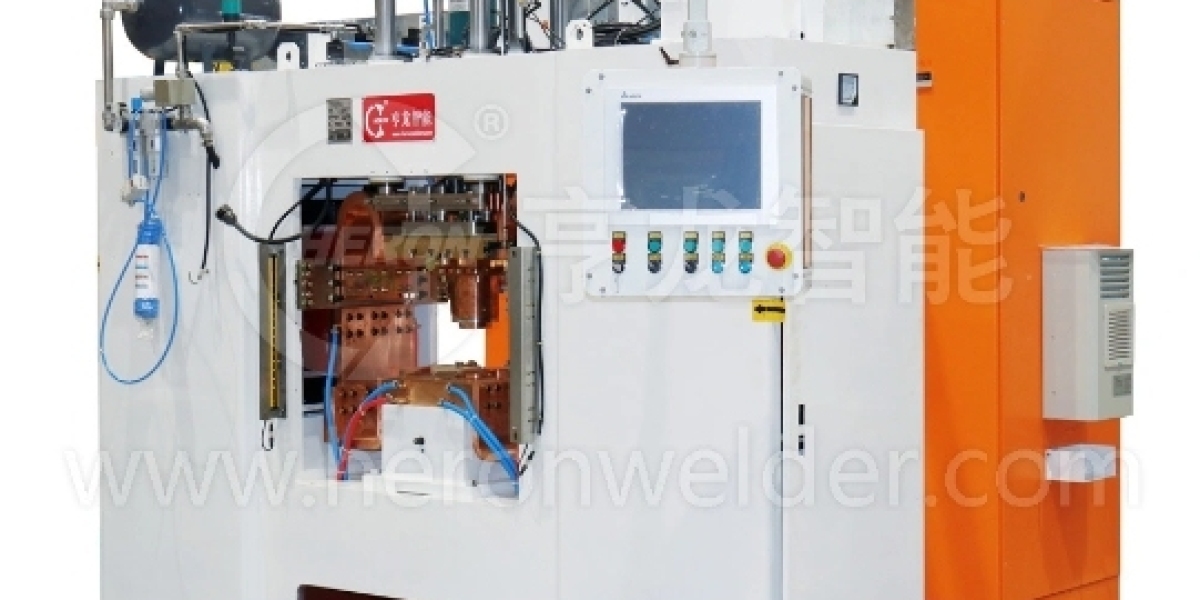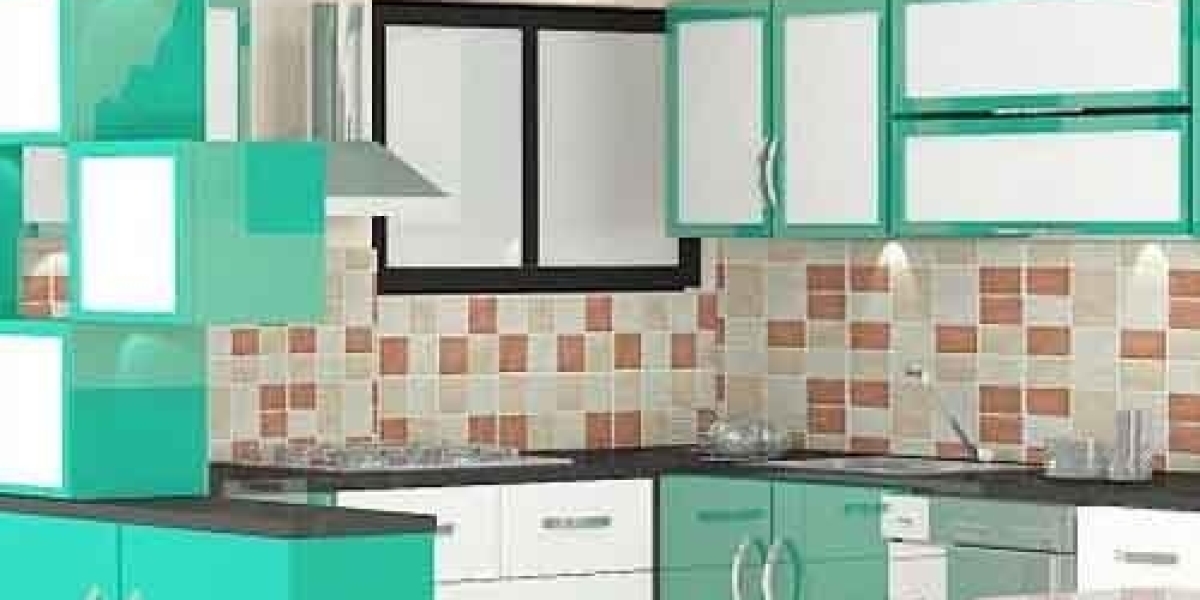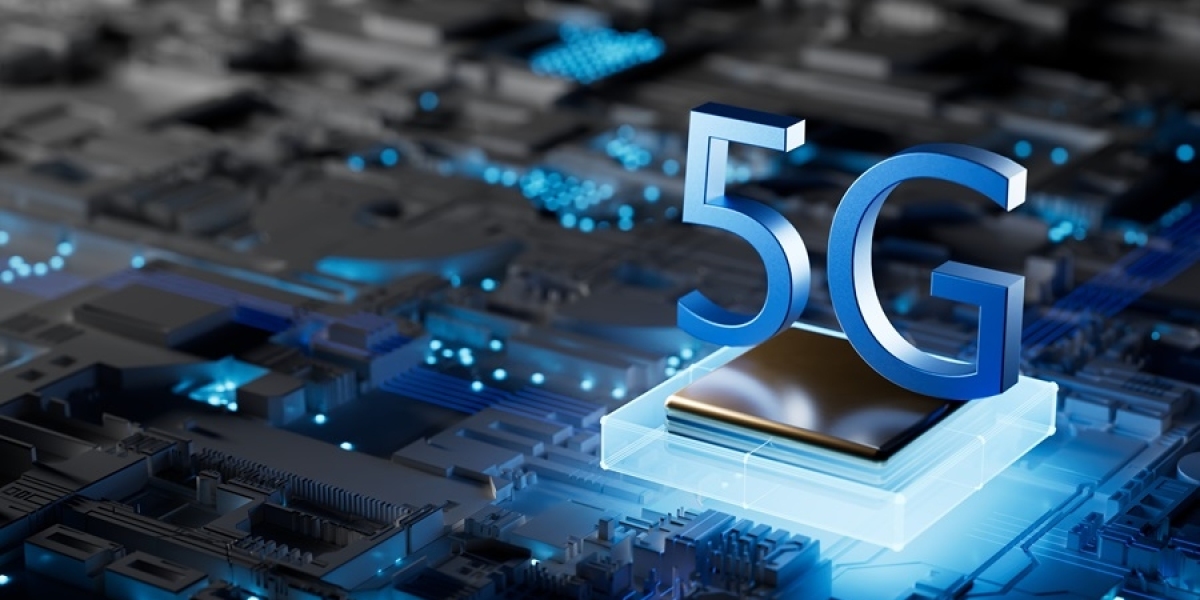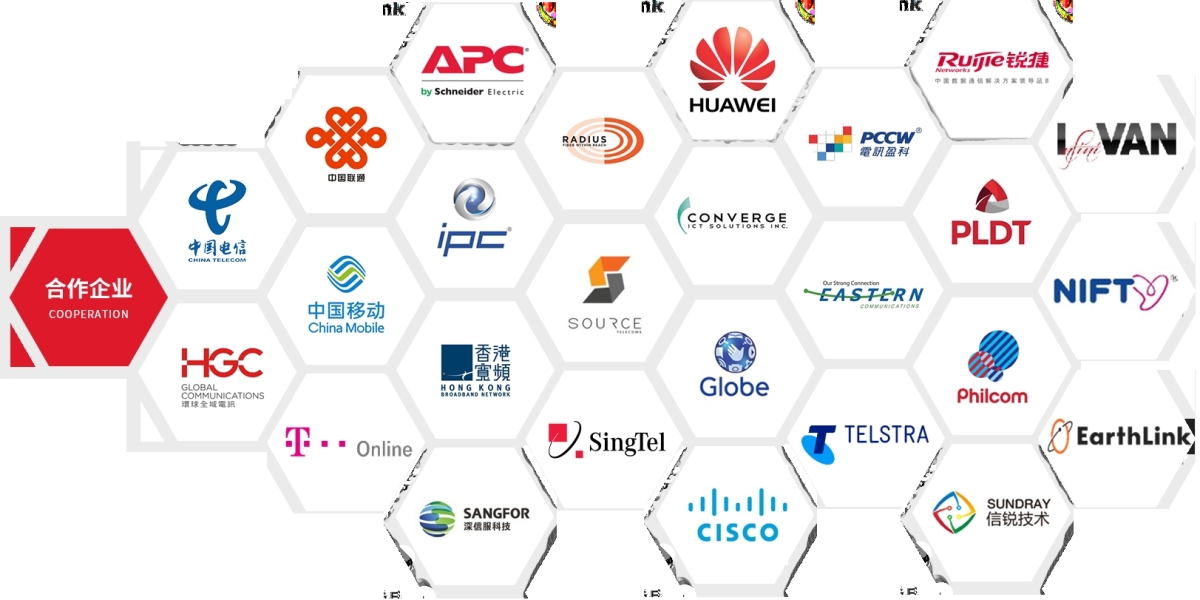In today’s competitive manufacturing landscape, efficiency, precision, and reliability are crucial. That’s where self pierce riveting comes into play. This innovative joining method is transforming how manufacturers assemble materials, providing a faster, cleaner, and more durable alternative to traditional fastening techniques.
Self pierce riveting is a process where a rivet pierces through multiple layers of material without the need for pre-drilled holes, creating a strong mechanical bond instantly. This method is especially effective for joining dissimilar materials, such as aluminum to steel, which can be challenging with conventional welding or bolting. The process minimizes material distortion and ensures consistent joint quality, making it ideal for high-volume production environments.
One of the standout advantages of self pierce riveting is its speed. The technique is fully automated, allowing for rapid assembly of complex components. This not only reduces labor costs but also significantly increases production throughput. Manufacturers in the automotive, aerospace, and electronics industries are rapidly adopting this technology to meet the growing demand for lightweight, high-strength assemblies.
Durability is another critical factor. Self pierce riveting creates joints that are resistant to vibrations and stress, providing long-lasting performance. Unlike welding, which can weaken the surrounding material through heat, this method preserves the integrity of the components. Additionally, it produces no sparks or fumes, making it safer and more environmentally friendly for manufacturing facilities.
Flexibility is also a key benefit. With self pierce riveting, manufacturers can join materials of varying thicknesses and strengths without compromising joint quality. The process is compatible with coated or pre-finished materials, ensuring that the aesthetic appeal of products remains intact. This versatility allows for innovation in product design while maintaining structural reliability.
Integrating self pierce riveting into your production line is straightforward. Modern riveting machines are equipped with precise controls and programmable settings, allowing manufacturers to customize the process according to specific material requirements. This ensures uniform results across every component, reducing the risk of defects and costly rework.
Moreover, the adoption of self pierce riveting supports lean manufacturing principles. By streamlining the assembly process and reducing the need for additional fasteners or adhesives, companies can lower material costs and minimize waste. This efficiency translates into both economic and environmental benefits, aligning with sustainability goals without compromising product quality.
In conclusion, self pierce riveting is more than just a joining method—it’s a game-changer for modern manufacturing. Its speed, durability, versatility, and eco-friendly advantages make it an essential tool for industries looking to improve production efficiency while maintaining high-quality standards. By incorporating this advanced technology into your operations, you can stay ahead of competitors and deliver superior products to the market.









